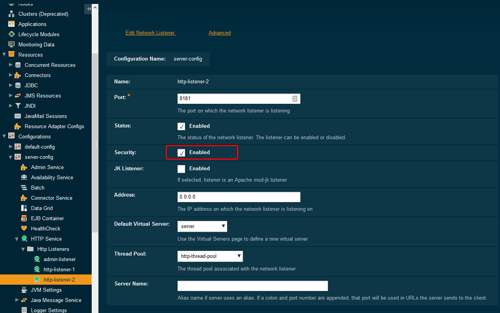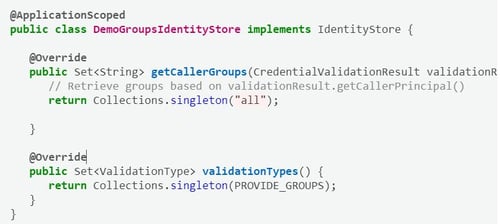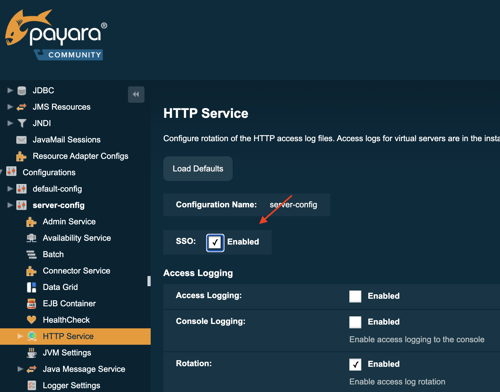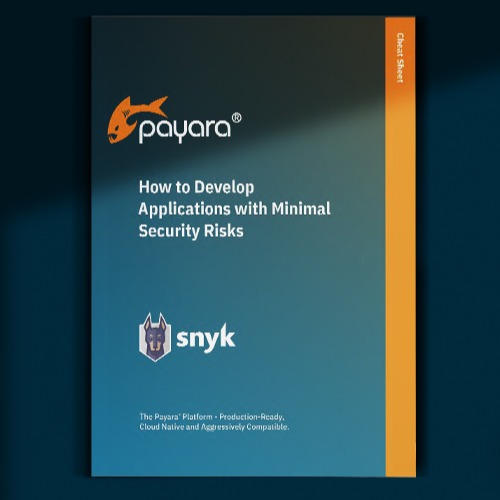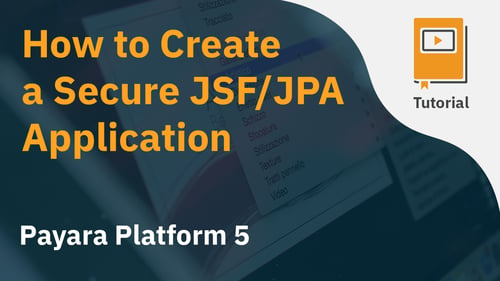Posts tagged Security (3)
Client Certificate Authentication Improvements in Payara Server July and September 2021 Releases
Published on 17 Sep 2021
by Rudy De Busscher
Topics:
What's New,
Security,
Payara Server 5,
New Releases
|
3 Comments
SSL certificates are used for several features within Payara Server. You can configure your custom certificate for the TLS based connections the Payara Server is serving when using a custom domain name. And those certificates can be used for authentication purposes to identify the caller, mainly in a machine to machine communication.
With the July and September 2021 Payara Server releases, we have implemented two new features to improve the usage of these custom SSL certificates.
6 Vital Steps to Enhancing IoT Security
Published on 14 May 2021
by Priya Khaira-Hanks
Topics:
Security,
IoT
|
0 Comments
You may have heard the term ‘Internet of Things’ or IoT, referred to with increasing frequency in technology and business circles. It is cited more and more frequently as key in the future of computing, the workplace, consumer technology, travel and more.
But what do we mean when we say Internet of Things – and what implications does it have when it comes to security?
カスタム SSL証明書を用いた Payara Serverのセキュア化
Published on 10 May 2021
by Ondro Mihályi
Topics:
How-to,
Security,
Admin
|
0 Comments
How to Use OpenIdConnect with Payara Platform to Achieve Single Sign-on
Published on 22 Apr 2021
by Rudy De Busscher
Topics:
Security,
Payara Platform 5
|
8 Comments
When a user needs to access multiple applications in your environment, you should not require authentication for each application. If the user has already been authenticated for one of the applications, he or she should should not be asked for credentials when he accesses one of the other applications during the same browser session. This concept is called Single Sign-on where the authentication credentials are 'shared' in the environment and can be used by any application in that environment.
How to Use Single Sign-on with Payara Server Realms
Published on 20 Apr 2021
by Rudy De Busscher
Topics:
Security,
Payara Server 5
|
7 Comments
When a user needs to access multiple applications in your environment, you should not require authentication for each application. If the user has already been authenticated for one of the applications, he or she should should not be asked for credentials when he accesses one of the other applications during the same browser session. This concept is called Single Sign-on where the authentication credentials are 'shared' in the environment and can be used by any application in that environment.
Panel Discussion: Minimising Security Risks when Developing your Applications
Published on 22 Feb 2021
by Jadon Ortlepp
Topics:
Java EE,
Security,
JakartaEE,
news and events,
Payara Events
|
0 Comments
How to Develop Applications with Minimal Security Risks
Published on 18 Dec 2020
by Jadon Ortlepp
Topics:
Security
|
2 Comments
When we develop software we don't expect to be hacked or compromised. We build great new software for the needs of our clients. The people that use our software expect that our systems are safe and data will not be compromised. To ensure that safety we need to take responsibility and develop our applications in such a way that we can meet these expectations. Since the situation is real that our application is hacked or compromised. In the guide below, we discuss 7 pointers that can help you develop applications with a minimal security risk.
Securing Your Applications Running on Payara Platform (JAX-RS Endpoints)
Published on 09 Jul 2020
by Jadon Ortlepp
Topics:
Security,
MicroProfile,
JakartaEE
|
2 Comments
Securing your application is a very important aspect of the development of your application. You not only need to make sure that the application has the intended functionality but also that this functionality can only be executed by the appropriate people. You not only need to make sure that updates to data are restricted to the correct people, but it is also important that end users only see data they are allowed to see. And in case of sensitive data, this is even more important.
Authentication and Authorization Stores in Payara Platform
Published on 07 Jul 2020
by Jadon Ortlepp
Topics:
Security,
JakartaEE
|
0 Comments
Securing your application is a very important aspect of development. You not only need to make sure that the application has the intended functionality but also that this functionality can only be executed by the appropriate people. It is critical to ensure that updates to data are restricted to the correct people, and that end users only see data they are allowed to see. And in case of sensitive data, this is even more important.
Video Tutorial - How to Create a Secure JSF JPA Application
Published on 17 Apr 2020
by Fabio Turizo
Topics:
Java EE,
Security,
JakartaEE
|
6 Comments

